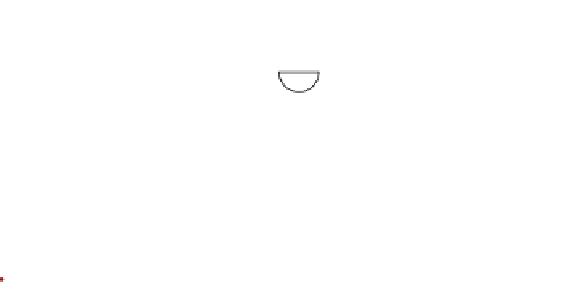Information Technology Reference
In-Depth Information
Algorithm 2.
Delete Segment
Input
:
curNode,delSeg,nextHop
if
curNode.seg
=
delSeg
and
nextHop
=
DEFAULT
then
1
curNode.seg.value
=
DEFAULT
;
curNode.isPrefixSeg
=
FALSE
;
2
LeafPushing (
curNode,nextHop
);
3
end
4
else
5
if
curNode.isLeaf
then
6
return
;
7
end
8
if
curNode.isPrefixSeg
then
9
nextHop
=
curNode.seg.value
;
10
end
11
mid
=(
curNode.seg.low
+
curNode.seg.high
)
/
2;
12
if
mid < delSeg.low
then
13
DeleteSegment (
curNode.rightChild, delSeg,nextHop
);
14
end
15
if
mid ≥ delSeg.high
then
16
DeleteSegment (
curNode.leftChild, delSeg,nextHop
);
17
end
18
end
19
(a) Delete
P
3
(10
∗
)and
P
1
(0
∗
).
(b) Insert
P
7
(1
∗,N
5
)and
P
8
(0001
∗,N
2
).
Fig. 4.
Threading leaf segments during off-line updates. Only one direction's connec-
tion of the double linked list is shown.
4 Experimental Evaluation
In this section, based on four real-world routing data sets collected from the
RIPE RIS Project [16] (shown in Table.1), we conduct a group of experiments to
evaluate TSTT's performance, and demonstrate its superiorities in comparison
with GALE. The experimental system is set up on a server with an Intel CPU
(Xeon E5-2630, 2.30GHz, 6Cores) and an NVIDIA GPU (Tesla C2075, 1.15 GHz,



















































































































































